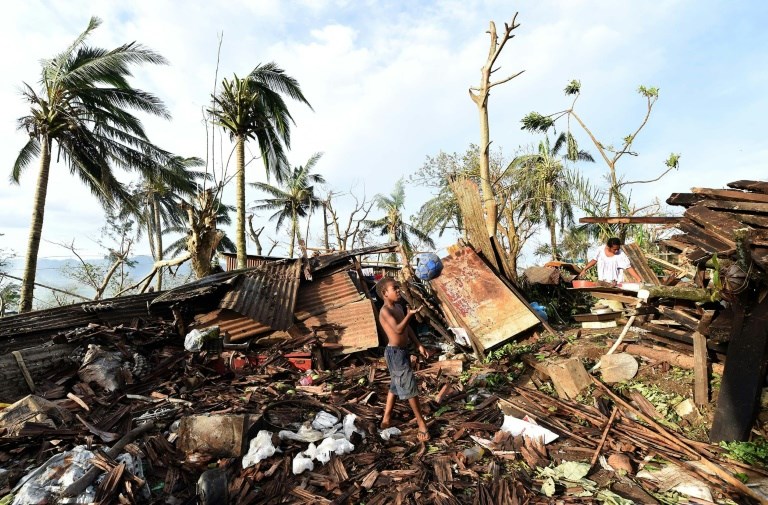Last week I (and probably every other editor in the province) received an email from the provincial government that began with, “The fourth and final phase of the Highway 1 Kicking Horse Canyon project is moving forward with an invitation for bidders to submit their qualifications to design and build the project.”
Now, normally I wouldn’t make it halfway through that sentence before hitting delete. One, it’s not that interesting and, two, it has nothing to do with Richmond.
But I didn’t delete it, at least not immediately, because it twigged a memory.
Just a few short months ago, I was on that exact stretch of highway, sitting in a hot car as the flag crew allowed only one lane of traffic through at a time. At that point, I assume, they were finishing Phase 3 of the project.
As I complained, loudly, about the delay not just boring me but wrecking our chances of getting a FCFS campsite (first-come-first-serve for those of you not in the know), I looked down (way down) at the Kicking Horse River and a train snaking along beside it. (It’s astonishing how long those trains are — some up to four kilometres.)
Back on the highway, I noticed road signs thanking me (quite unjustifiably) for my patience. They also announced something about a happy day in the future when there would be a four-lane highway all the way from Kamloops to Alberta.
When stuck in a traffic bottle neck, the thought of burning along on a four-lane highway is attractive. And to make the drive alive would also be nice. That stretch, with its hairpin turns and steep cliff, sees three times the number of crashes as other B.C. highways, so I get the interest in widening it.
But I was also thinking about those trains below and wondered if we were going in the right direction — figuratively.
When I was a student at Simon Fraser University in the 1980s, I would go home to Calgary for Christmas and summer breaks, often via rail. It was cheaper than flying and I loved being rocked to sleep.
Over the years, passenger train travel has all but vanished. Presumably, it wasn’t financially viable, but maybe we need to rethink that. After all, what’s the viability in building infrastructures we know are so hard on the enviroment? I’m not saying we should ban cars or close roads, but if we’re going to invest new money into new projects, let’s do it with a new understanding of our climate reality. Trains may not be the perfect answer, but they could be part of it. Point being, we need to think of new/old ways to travel, which brings me to Greta Thunberg.
The 16-year-old Swedish climate change activist recently landed in New York after sailing the Atlantic in a zero carbon-emission boat. She’s in America to, among other things, present at the at the UN Climate Action Summit.
In her words, “We have not come here to beg world leaders to care. ...We’ve come here to let you know that change is coming, whether you like it or not.”



